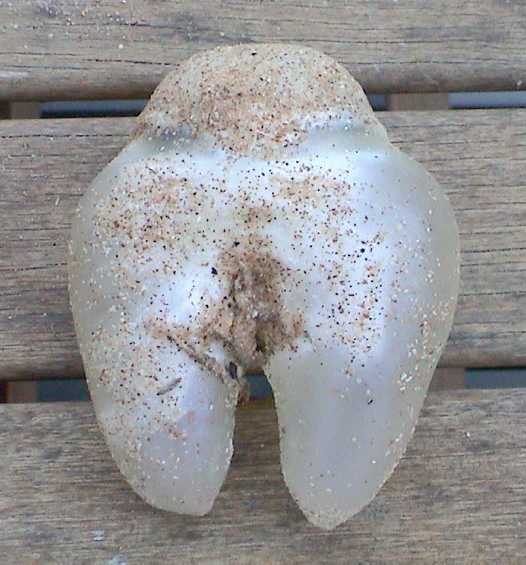Can Fishes Hear?
On this page...
Hearing in fishes involves the sensory chambers of the inner ear. Each chamber is lined with sensory hair cells and contains an otolith (ear stone).
When sound vibrations pass through a fish, the differences in vibrations between the dense otoliths and the sensory hair cells is detected by the auditory nerves.
In some fishes the gas bladder (sometimes called the swim bladder) aids in hearing by transmitting vibrations to the inner ear.

© Peter Merrick
This function is enhanced in many freshwater fishes (such as Carp) by the Weberinan ossicles, a series of small bones that connect the front of the swim bladder to the inner ear.
Recent research at the Popper Lab has shown that the American Shad, Alosa sapidissima (a species of herring, Family Clupeidae) can detect ultrasound at frequencies higher than any other animal including bats.
Related links
- Deep-sea fish croaks for love - Nature website
Further reading
- Helfman, G.S., Collette, B.B. & D.E. Facey. 1997. The Diversity of Fishes. Blackwell Science. Pp. 528.
- Leis, J.M., B.M. Carson-Ewart and D.H. Cato. 2002. Sound detection in situ by the larvae of a coral-reef damselfish (Pomacentridae). Marine Ecology Progress Series. 232: 259-268.
- Popper, A.N. 2003. Effects of Anthropogenic Sounds on Fishes. Fisheries. 28(10): 24-31.

